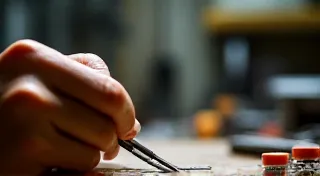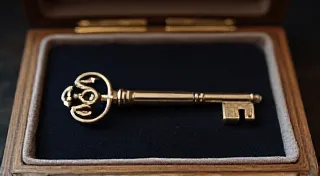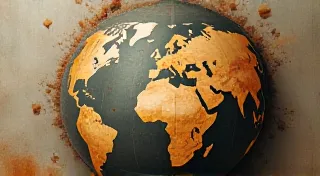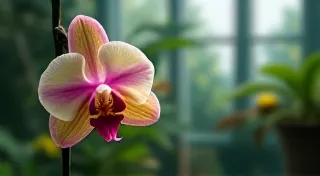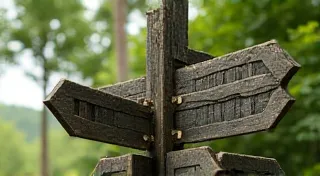Beyond the Stitch: How Vintage Feet Reflect the Cultural Values of Their Time
There's a quiet poetry in the hum of a vintage sewing machine. It’s more than just the whir of gears and the rhythmic clatter of the needle; it's the echo of generations, of hands that shaped fabrics into dreams, of ingenuity born from necessity. And nestled beneath that needle, often overlooked, are the feet – unassuming tools that whisper stories of their time. Identifying antique sewing machine feet isn’t simply a matter of cataloging parts; it's a journey into the social, economic, and technological landscapes of the past. They’re miniature artifacts, reflecting the values and aspirations of the eras that created them.
The Rise of Domesticity and the Early Feet (1850s - 1890s)
The mid-19th century witnessed a seismic shift: the rise of domesticity. The Industrial Revolution, while bringing factory work, also fueled a desire for handcrafted beauty within the home. Sewing, once a laborious task, transformed into a respectable and even fashionable pastime for middle-class women. The early sewing machine feet, often made of simple cast iron, embody this era. Their functionality was paramount; ornamentation was minimal. These weren’t about aesthetics; they were about efficiency and affordability. Think of a woman, perhaps a young mother, painstakingly creating clothing for her family, relying on a machine that represented both progress and a return to creating something tangible in a rapidly industrializing world.
My own grandmother, a woman who learned to sew on a Singer from the 1920s, always emphasized the practicality of the machine. "It had to work, dear," she’s told me countless times, "It was how we made do." Examining her Singer’s original presser foot – a plain, functional design – I felt connected to that spirit of resourcefulness. The simplicity itself is a testament to a time when things were valued for their utility, not their fleeting trends.
These early feet were primarily utilitarian: straight stitch feet, buttonhole feet (often requiring considerable skill and manual dexterity), and simple zigzag feet for basic alterations. They were robustly built to withstand constant use, reflecting the expectation that these machines would be family heirlooms.
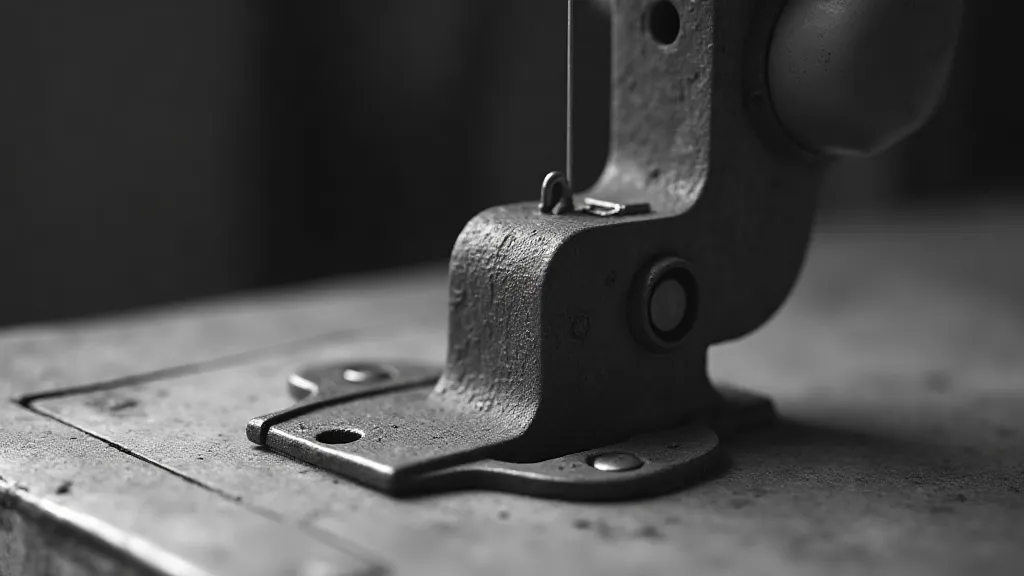
The Dawn of Mass Production and the Aesthetic Turn (1900s - 1930s)
The early 20th century ushered in an era of mass production and burgeoning consumerism. Sewing machines became more accessible to a wider range of households. This period saw a subtle shift in foot design – a move towards greater ornamentation and more specialized functions. Companies like Singer and Husqvarna started incorporating decorative elements, sometimes intricate engravings, onto their feet. While functionality remained key, there was a growing recognition of the importance of aesthetics in appealing to a broader market.
The Art Deco movement heavily influenced design sensibilities, and this is subtly reflected in some of the more elaborate presser feet of the 1920s and 1930s. You begin to see more streamlined forms, a sense of elegance, and a move away from the purely utilitarian. The sewing machine itself was becoming a status symbol, and the feet – the visible component – played a crucial role in conveying this.
The introduction of more specialized feet – gathering feet, ruffler feet, blind hem feet – also signaled a growing sophistication in sewing techniques and a desire for greater control over the finished product. These feet reflected a burgeoning fashion industry and a growing demand for tailored garments.
The Post-War Era: Innovation and Specialization (1940s - 1970s)
The post-World War II era was a period of unprecedented technological innovation. The development of synthetic fabrics, the rise of ready-to-wear clothing, and the increasing complexity of sewing machines all influenced the design of feet. Metalworking techniques improved, allowing for greater precision and the creation of more intricate and specialized feet. The introduction of Teflon feet, designed to prevent sticking, was a particularly significant advancement, reflecting a focus on convenience and ease of use.
This period witnessed the rise of more complex decorative stitch machines, driving the need for a wider range of feet: quilting feet, embroidery feet, appliqué feet, and a host of others, each designed to achieve a specific effect. The focus shifted from simply creating functional garments to exploring creative possibilities – a reflection of a society increasingly focused on self-expression and individuality.
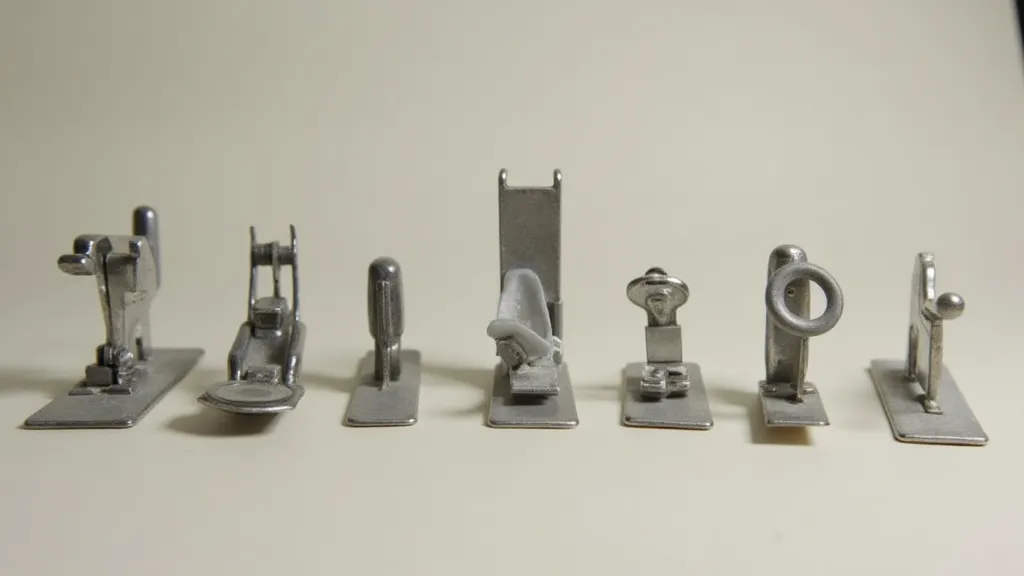
Material Culture and the Legacy of Craftsmanship
Analyzing these antique sewing machine feet is more than just a mechanical exercise; it's a form of material culture analysis. Each foot is a tangible link to the past, a testament to the ingenuity and craftsmanship of the individuals who created them. The wear marks, the slight imperfections, the subtle variations in design – these are all part of their story. They speak of countless hours spent stitching, of families relying on these machines for their livelihood, of a time when things were made to last.
For the collector, identifying antique sewing machine feet is a rewarding pursuit, a chance to connect with history and appreciate the evolution of technology. For the restorer, understanding the original design and materials is crucial for preserving the integrity of these machines and ensuring that they continue to function as intended. Even for the casual observer, recognizing the beauty and the story embedded within these seemingly humble tools can foster a deeper appreciation for the art and craft of sewing.
The subtle shifts in metal thickness, the development of new plastics, the move towards lighter weight designs - all these reflect not just technological advances, but the values of the time. Were they prioritizing durability? Ease of use? Aesthetics? Each decision leaves a trace, a whisper of the era in which it was made.
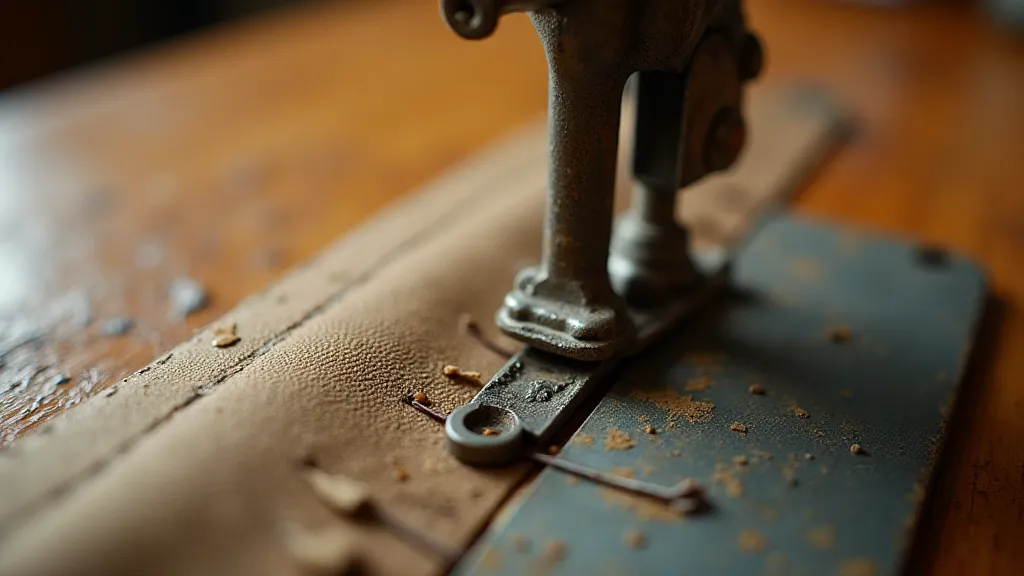
Preserving the Past, Stitch by Stitch
As we navigate an increasingly digital world, it’s easy to lose touch with the tangible. Antique sewing machine feet offer a unique opportunity to reconnect with the past, to appreciate the beauty of craftsmanship, and to understand the cultural values that shaped our world. So, the next time you handle a vintage sewing machine, take a moment to examine the feet – those silent witnesses to generations of creativity and innovation. You might be surprised by what you discover.
